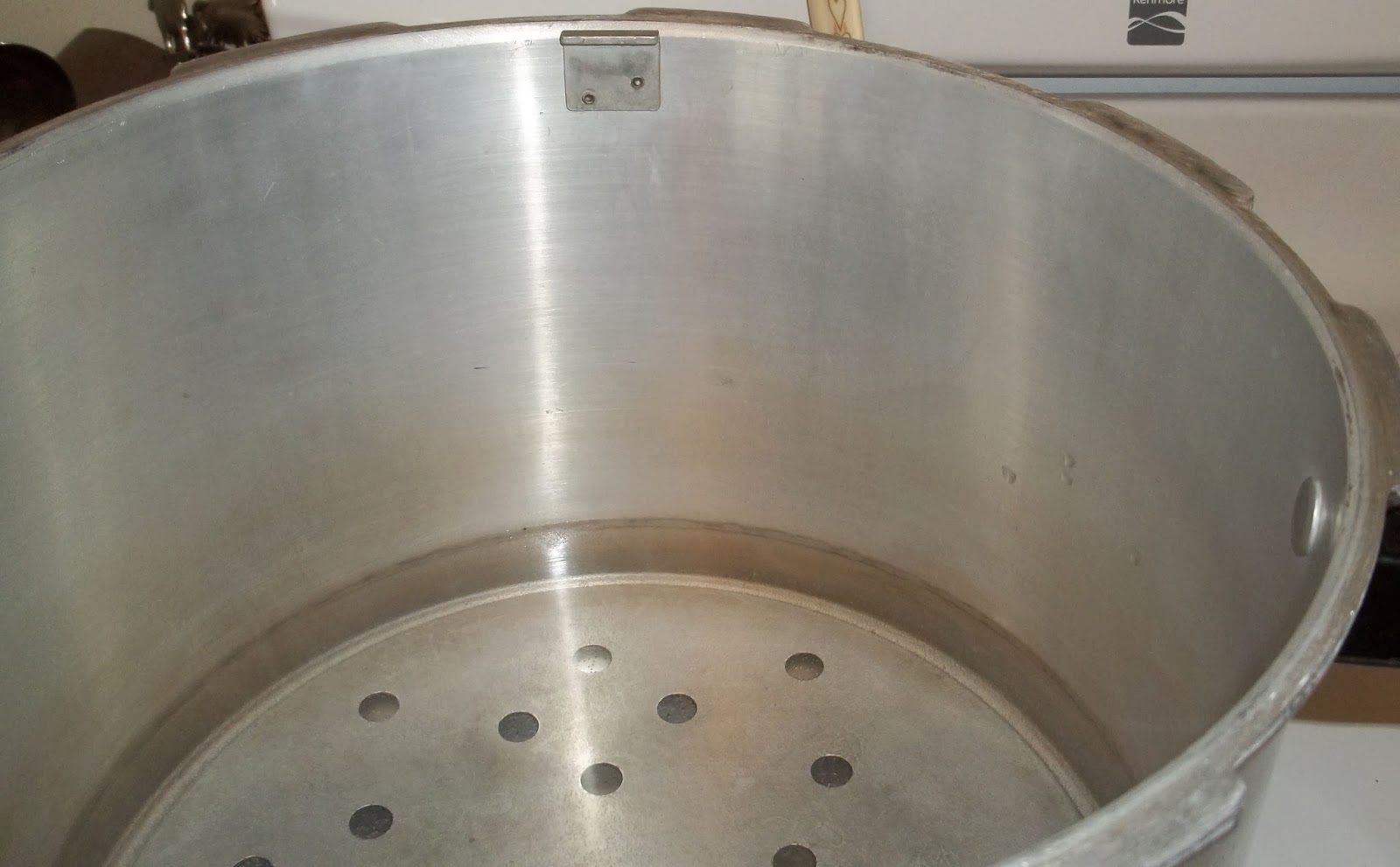This is our newest pattern
"Be Mine" Valentine Banner
I've been working on the sample and I thought I would share the mechanics of it all - working with 2-sided fusible web. You could use freezer paper or needle turn techniques as well. You can buy the pattern on Etsy today and download it instantly.
You can make as many heart elements as you want for the banner. Here's one completed. Hang them horizontally or vertically. Here's how to make the banner.
I made 14 hearts from red cotton in order to make seven elements for the horizontal banner. I traced them with a Frixion pen and cut them out with scissors.
I treated the edges with Fray Check. Be sure to work on a covered surface - this is a little messy. I worked on the back of a piece of 8 1/2 x 11 scrap copy paper.
Trace the shapes for the applique from the pattern onto the paper side of the fusible webbing....
.....like this. I used a piece about 8" x 12" to make six applique figures.
Using paper scissors, cut them out. I stacked them in two stacks: one for figures which would be facing LEFT and on for figures which would be facing RIGHT.
Lay out your fabric (wrong side up) for dresses, hands, feet, bonnets on your ironing surface.....
Place the fusible web, paper side up, on the fabric and iron it down.
For WONDER UNDER, which I used, a hot iron (cotton) is best and I fused them about 8 seconds each.
Cut them out right along the edge of the fusible.
You'll want to treat the edges, although this is optional. Using Fray Check will help your banner look nicer, longer. To do that, I pinned each piece to my ironing pad through a piece of scrap paper. It looks like a bug collection!
Then, go around each piece, carefully. NOTE: when you open your Fray Check cut only the inciest bit off the top of the nozzle, or, take the nozzle off and put a pin through from the inside out. You want it to have a very thin opening.
Let the pieces dry completely. This is important.
When they are dry, take them up, one at a time. Insert a pin into the hole made when you pinned the piece down. Only, insert the pin between the fusible and the fabric.

Rotate the pin. It will loosen the paper from the fusing layer, which is now stuck to the back of the fabric. Lift the paper away from the fabric piece.
Soon, you'll have a stack of paper, and a stack of applique pieces with the fusing layer stuck to the wrong side of the fabric.
The pieces will look very crisp and clean, with hard edges. Even with the fray check, though, handle them as little as possible to keep fraying from breaking out all over the place.
Lay the fabric pieces out on the heart according to the pattern. Adjust everything to match the layout picture just so.
Using the same hot iron and 8 second timing, iron all the pieces down at once.
I made six hearts, total, like this.
Add a layer of batting to the wrong side of the heart front. Tack it down with fabric glue or run a line of basting around the edge of the batting. Don't use pins. You'll regret it, as they are such pokey little things. I prefer the thread basting although I used glue on the first one. The glue slipped. The thread did not.
If you want your banner to last a good long time, treat the edges with a button-hole or blanket stitch all around, using matching or contrasting thread. I used a little of each, according to what "felt" good.
The pink blends a little.....
....the ivory thread almost disappears and the blue emphasizes the blue in the fabric.
I used a milliner's or applique needle for the buttonhole stitching and an embroidery needle for the embroidery. The edge with the Fray Check on it is rather hard, so on small pieces, like the hand and the sleeve, where I was dealing with several hard layers, I had to put the needle straight down through and then come back up in a separate maneuver (rather than being able to take a sewing stitch from the applique piece to the background in one movement). Also, I used a 100% polyester sewing thread instead of cotton. I felt it would stand up better to the sharp edges than cotton.
Try to have as many stitches as possible go through both the fabric and the batting. The back won't show, so don't worry how it looks.
I drew the lines for the overskirt tie and the bonnet ribbon and used a stem stitch with 2 strands of floss for them.
Here's a detail of the drawing and the stitch.
Here are the two embroidered items finished.
Mark the opening on the wrong side of the front of the heart where you will begin and stop stitching to put the two sides of the heart together.
Using a fairly fine stitch, begin about an inch from the point and go all around, using a 1/4" seam allowance. I've used a contrasting thread so you can see it. Otherwise, you should try to match the fabric.
Clip the "cleavage" of the heart and all the curves, turn it inside out and give it a good pressing. Then, on to the next one. With my work schedule and home duties, I can do about one of these in a couple of hours, after the initial prep is done. Put the pieces in a ziplock bag with thread, needle, scissors and sew on the go, when a few minutes here and there present themselves.
Happy Valentine's Day, Sisters in Stitching!






























































